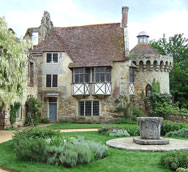Bower
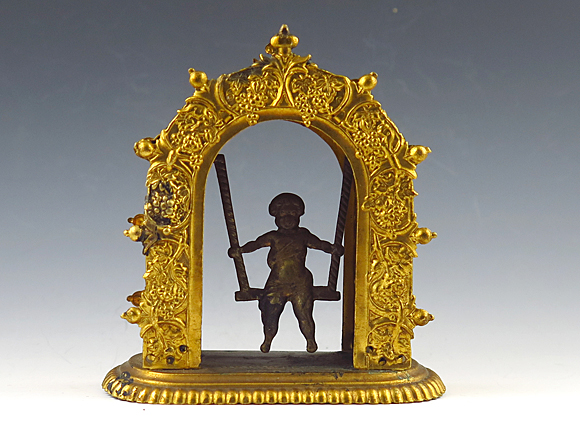
Needle Case
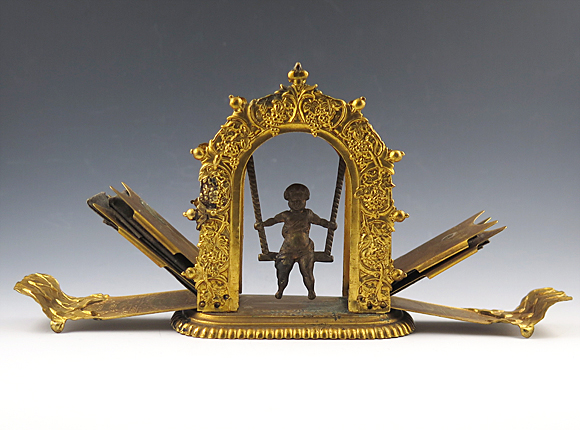
Needle case with sides dropped down
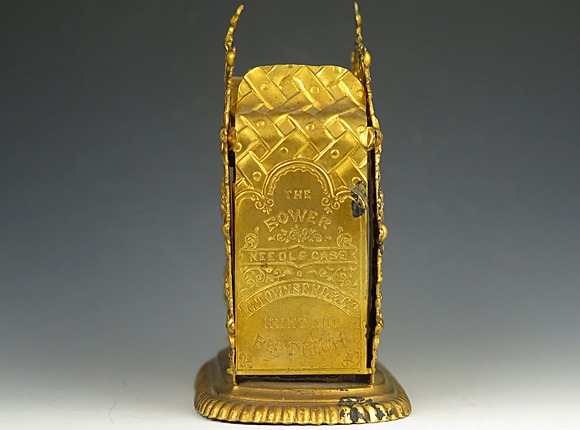
Needle case side with the name "The Bower Needle Case G. Townsend & Co Hunt End Redditch"
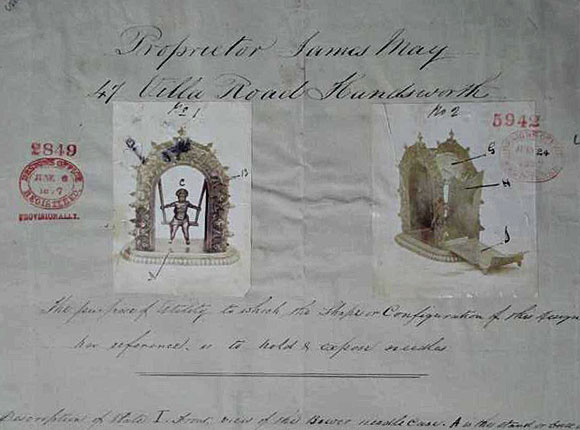
Design Representation
Design Details
Needle Case Type: |
Figural |
Patent/Registered to: |
James May – Handsworth (aka J. M. Farnol – Birmingham) |
Patent/Design Representation #: |
Non-Ornamental Useful: #5942 (Provisional Design #2849 registered June 6, 1877) |
Patent/Design Registration Date: |
July 24, 1877 |
Location of Patent/Design Registration: |
The National Archives (TNA) - Kew, UK |
Reference #: |
TNA Representation - BT 45/28/5942 and BT 47/8/2849 |
Dimensions: |
6.5 x 3.7 x 6.2 |
Material: |
Brass |
Name Variations: |
a) W. Hall & Co – Studley
b) G. Townsend & Co – Hunt End Redditch
c) W. Walker – London (the sole source of this information is Horowitz and Mann as no example of this needle case
with this company name has been seen by the authors of this website) |
Other Variations: |
None |
Additional Photographs
= =
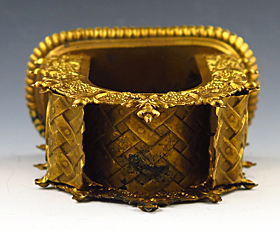
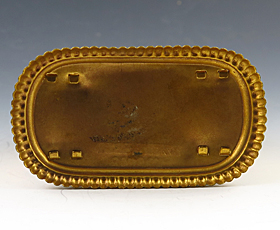
Top and bottom views
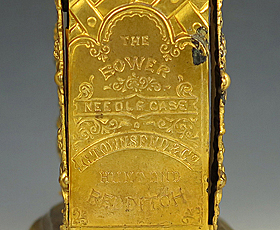
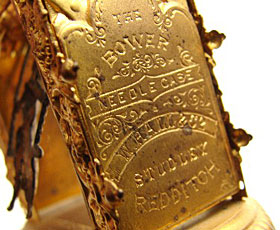
Townsend signature detail and Hall signature detail (photo courtesty of Bunny's Place)
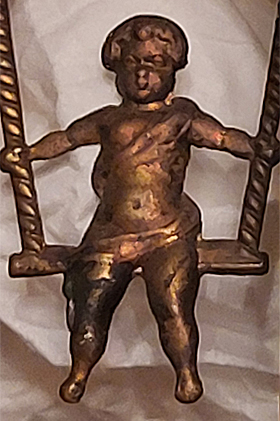
Inside figure
Facts
A bower is a sheltered place in a garden or park often shaded by trees or climbing plants on a latticework frame or trellis. Today one
uses the word arbor to describe this same setting. Arbors come in many different sizes and shapes and are usually made of wood or metal
with either a flat or rounded top. In a more formal garden they often serve as a gateway to another section of the garden or contain a
small bench were two people can sit comfortably and enjoy the surroundings.
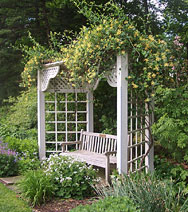
History
During the Victorian period gardening became a favorite pastime of the wealthy and middle class and the time period became known as one of
the great ages of gardening. The Victorian garden started with a lush, green, well-maintained lawn. The back yard included formal
flowerbeds arranged in a neat symmetrical manner filled with colorful blooms of varying types. Vines were planted next to an arbor to
provide a shady area for resting whereas fences were used to delineate one area of a garden from another. Arbors and fences were often
elaborate structures made of wood painted white to stand out against the greenery of the plants or were made of ornate wrought iron.
Ornaments such as birdbaths, sundials, obelisks and gazing balls were placed at strategic positions to provide points of interest.
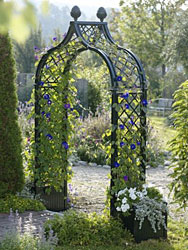
Miscellaneous
According to the National Trust, the organization in the UK responsible for preserving the nation’s heritage and open spaces, Scotney Castle
in Kent is one of twelve officially recognized Victorian gardens. Although the old castle was originally built in 1378, the existing
garden wasn’t added until the 19th century. The ruins of the rectangular fortress with its lovely corner tower, surrounded by a pond,
created the perfect backdrop for a romantic garden filled with rhododendrons and azaleas in the spring and roses an wisteria in the summer.
